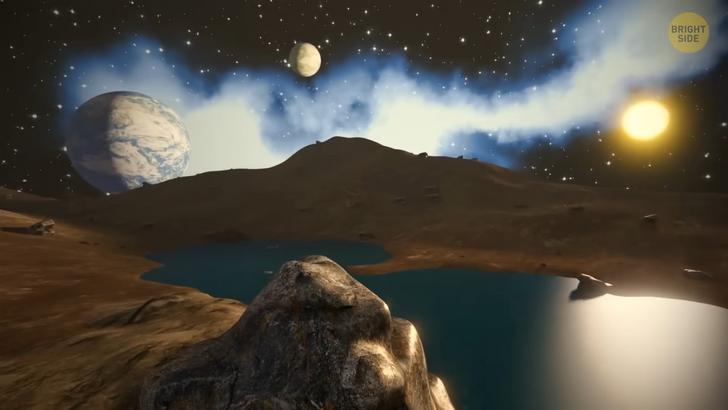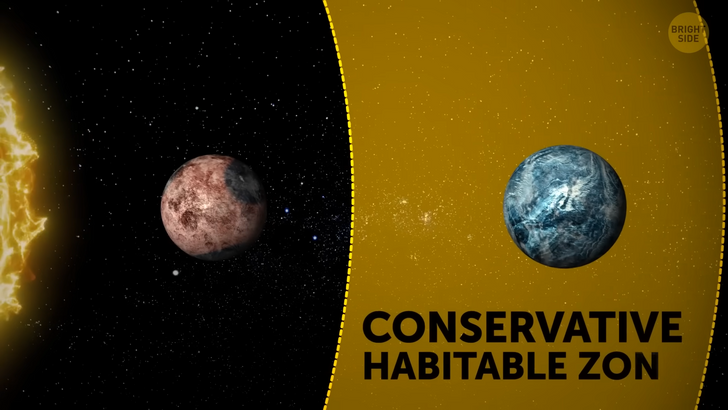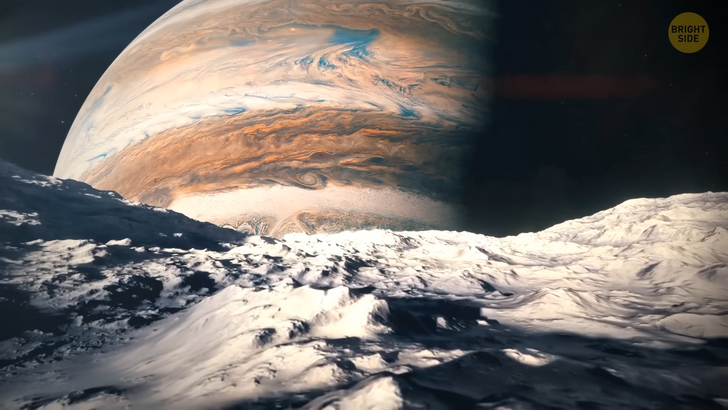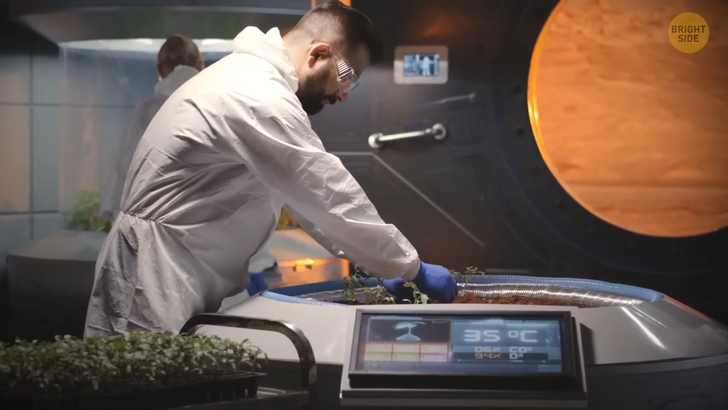12 Stories That Prove Kindness Is Such a Rare Gift

Perhaps, we’ve all stopped to think at one point about what it would be like to live on a different planet. I know I’ve had days like that. Gotta get away. And maybe even interact with other types of creatures that already live somewhere else in space.
These days, such ideas sound more like something from a science fiction book. But in the future, permanently changing your address to another planet might turn out to be mandatory. Think of the star in our Solar System as a battery.

Billions of years from now, its energy will be gone. Without its light and warmth, life on Earth can’t exist. When you think about it this way, we have to hope that future humans will have found some other place to live by then. Thankfully, there’s good news.
Recently, scientists at NASA have announced that they found a new planet that might be able to support life. They call it TOI 700 e. E! It’s roughly the same size as Earth, and it’s located in a region of space where scientists think water could exist in its liquid form, which is crucial for the development of life. This planet is not the only one, though.
Close to it, there’s another promising planet which they called TOI 700 d. But this one is further away from its star. Because of the distance from the main source of light, Planet d lies in a special area called the “conservative habitable zone.” In simple terms, scientists are not, so sure life might exist on this one, but they don’t exclude such a possibility. Planet e is in the “optimistic zone,” which means that it’s possible that it has water and even an atmosphere.
Hey, at least we have options! The two planets are in a solar system that is only 100 light-years away from Earth, which is considered pretty close in space terms. NASA found these planets by watching the light coming from the star and measuring how it moves when a planet passes in front of the star. This is the first time that NASA has found a solar system with multiple planets that could have life.

So far, scientists have found over 5,000 exoplanets. And they think there could be at least 10,000 more. Specialists at NASA are looking into the ways to figure out if any of these planets could harbor life. But they also say that we might find forms of life we don’t expect to see and that we should be open to other possibilities.
That’s because we only know about what life can be by looking at our own planet. Sure, everything sounds enticing so far, but don’t pack your bags just yet. As appealing as these new planets might sound, there’s still one problem: getting there. Scientists have been researching for decades how people can stay in space — and thrive — for long periods of time. And history tells us it’s no easy project.
Back in 1962, John Glenn became the first American to orbit our planet. To circle Earth a mere 3 times, he had to go through months of technical and physical preparations. These days, advanced technology helps us investigate Mars better. And scientists have figured out that there is water and materials on the Red Planet that may be useful to people.
It has sparked the idea of sending people to Mars to live there — just to begin with. The first manned Mars mission is scheduled for the late 2030s or early 2040s — if everything goes well. The plan is for this to be a round trip. But even if NASA manages to plan everything well, the round-trip journey will still take about 500 days. It all depends on Mars and Earth’s positions in their orbits around the Sun.

One of the biggest problems with living on Mars is gravity. For starters, the astronauts will arrive at the Red Planet after months of living in microgravity. It means it would take them a lot of time to physically get in shape before they could start exploring. That’s because living in microgravity conditions heavily affects the human body. It might mean loss of bone and muscle mass, as well as a shift in the normal movement of body fluids, which tend to go upward. This can lead to pressure on the eyes and even problems with people’s eyesight.
But Mars is right here, in our own Solar System. What about planets that are light-years away? The answer is still up for debate. It may sound cool to travel really fast, like at the speed of light. So far, scientists believe it’s not possible. Sure, we may have been able to create airplanes that travel faster than sound — I mean supersonic aircraft — but it’s not the same.
There’s quite the difference, actually: light is about a million times faster than sound! Traveling at the speed of light would mean we could go from Earth to the Moon in one second. Or from Los Angeles to New York in less than the blink of an eye. But what stops us, though? Some say it’s energy. It may be possible to make something go really fast, but it’ll take a whole lot of energy. In this case, engineers will need to find new ways to make things move in space.

Right now, rockets use fuel that is similar to the gasoline you use in your car. But that is not very efficient when it comes to space travel. Other ways to push a spacecraft include using electric or magnetic forces. One promising idea is using a solar sail which is like a large, thin sheet of plastic that can be pushed through space by sunlight. Some spacecraft have already used solar sails, and scientists think they could go at up to 10% of the speed of light.
If other planets in our Solar System turn out to be inhospitable, and we can’t invent spaceships that move fast enough, we might still have a choice. Secret option C! It was first proposed by a scientist who wrote an interesting study about a special type of planet. It suggests that we might not need spaceships to move around and escape problems on our own planet. We could use planets that are not orbiting a star — they’re called rogue planets. Ooh!
Instead of gravitating toward a star, these lonesome space objects simply drift alone through space, doing their own thing. Think about it this way. Moving to Mars is like moving to an already furnished house. Regardless of how nice it would be, you would still have to adapt to it. You’d have to get used to how much light gets through the windows each day and to climbing up and down the stairs to get to the living room. Moving to a rogue planet means we’d start from scratch, building our own house from the ground up, perfectly adapted to our needs.

Free-floating planets are usually seen as cold, dark, and not suitable for life. But if they have underground resources, they can be useful. They offer a constant surface gravity, a lot of space, and resources. They can also provide water and protection from space radiation. If we become an advanced enough civilization, we might be able to control the planet and even create new types of energy.
The next question would be where we could find such a rogue planet. It’s hard to know how many of these there are in the Universe, but scientists have found a bunch of them in one region of the Milky Way galaxy. Some rogue planets might have been kicked out of their own solar systems because they were bad. No not really. It was because of gravity, while others might have formed on their own.

Either way, we don’t want rogue planets to get too close, either. At least not in the near future. The chances of a rogue planet entering our Solar System are extremely low. But if it did, it could mess things up for us.
Depending on its size, a rogue space object might divert other planets off their course around the Sun, which could alter their exposure to light and warmth. And if it crashes into the Earth, well then that would a bad thing too.











